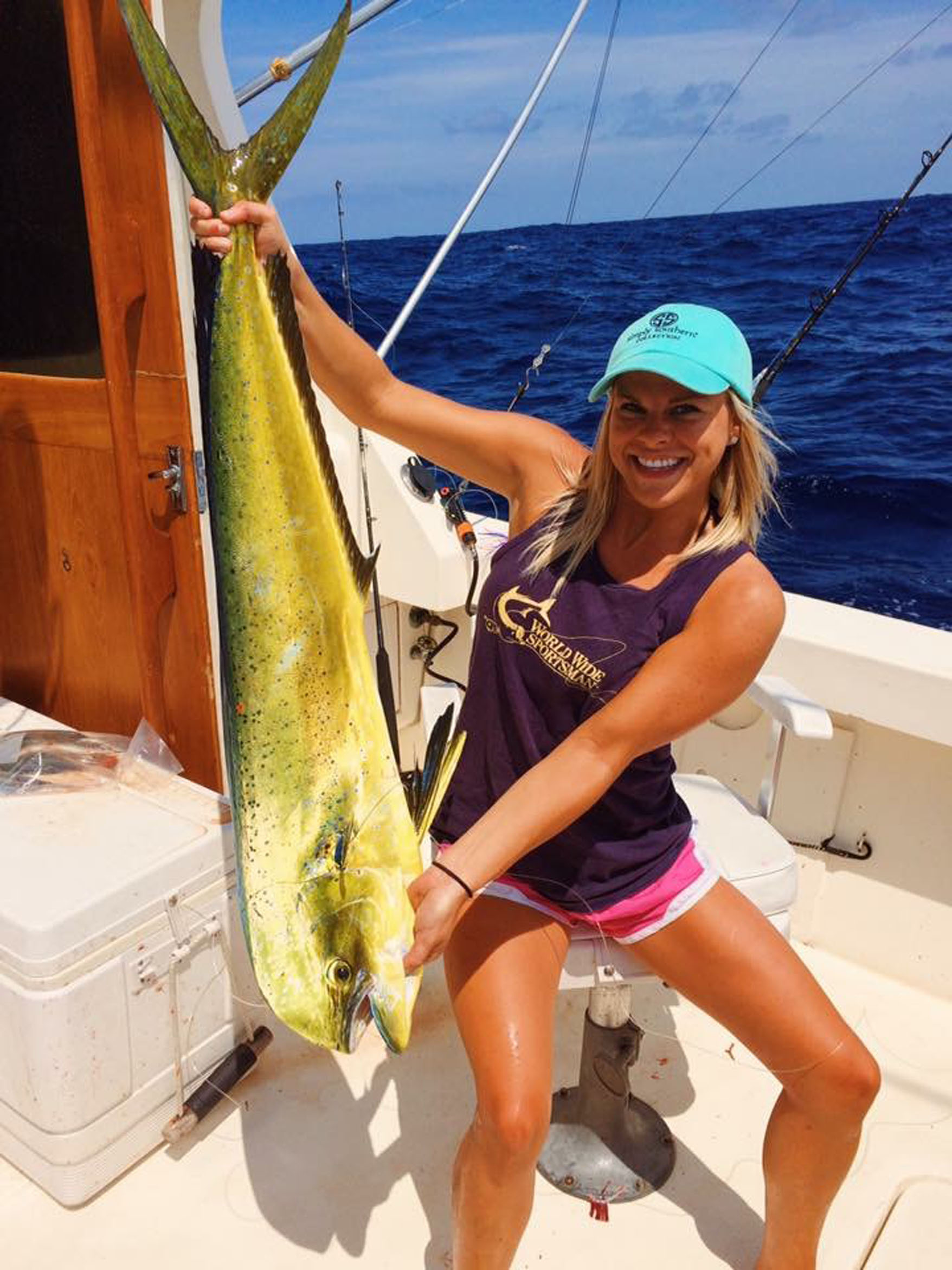 Warming nearshore waters attract hungry bluewater fish
Warming nearshore waters attract hungry bluewater fish
Through the colder months, bluewater anglers painfully await the spring run of dolphin into South Carolina’s waters.
When the warm, spring breezes arrive, anglers know it’s time to head to deep, deep waters to intercept dolphin on their northward migration. But as spring begins to give way to summer, the waves of dolphin eventually make a westerly turn. And for clever offshore junkies, a limit of dolphin is treading water in shallower places, much closer to the dock than ever before.
According to Ned Campbell of Murrells Inlet Outpost, an offshore captain, June can be an excellent month for raking in a limit of shiny-faced dolphin close to the beach.
“Typically, the dolphin run begins in late April to early May and will continue into June out near the Break,” said Campbell (843-651-6602). “But when the water gets warmer nearshore, the dolphin shift 20 miles inshore and can provide a hot bite in 120 to 130 feet of water.”
During the spring, dolphin move up from the Florida coast and ride the edge of the 78-degree temperature break all the way to the Carolinas. Since waters inshore of the Gulf Stream are cool during the spring, the dolphin have a defined edge they use to migrate. But when the waters heat up along the beaches, the temperature break is less discernible, and that draws dolphin in shallower to places that support life — and specifically baitfish.
“When the dolphin stop riding the temperature break, they move inshore to feed. We start targeting dolphin in June along live bottom in 120 to 130 feet of water, or approximately 45 miles from Murrells Inlet,” said Campbell, who will troll over livebottom areas with rigged ballyhoo and keep his eyes out for any type of floating debris. Dolphin will associate with floating structure anytime it is available.
“Any sort of debris in the water is absolutely worth the effort to check it out — and any type of debris, including weeds, trash, a Mylar balloon, wood pallet, Christmas tree or whatever. One of my best days ever was next to a full palm tree with the root system and all,” he said.
While any type of debris can hold dolphin, Campbell prefers older debris with vegetative growth.
“I like debris with algae, barnacles and other stuff growing on it. The older stuff usually holds more bait and are more likely to hold fish,” he said.
Campbell will troll the edges of the debris, and if he gets a knockdown, he will circle back and troll back through again. However, dolphin will also show themselves around these debris piles, and anglers can use a bait-and-switch technique.
“I will cut up ballyhoo into 1-inch chunks and start throwing it in the water by the handful. Then, I will have a pitch bait ready with a single hook. When they start eating the chum, I pitch the bait in there with the hook, and the fun begins,” He said.
While some offshore anglers believe dolphin fishing is over in June, nothing could be further from the truth. When the waters begin to heat up along the beach, anglers just need to re-align their trajectory to closer destination for some spectacular dolphin fishing off the coast of Murrells Inlet.

 Warming nearshore waters attract hungry bluewater fish
Warming nearshore waters attract hungry bluewater fish